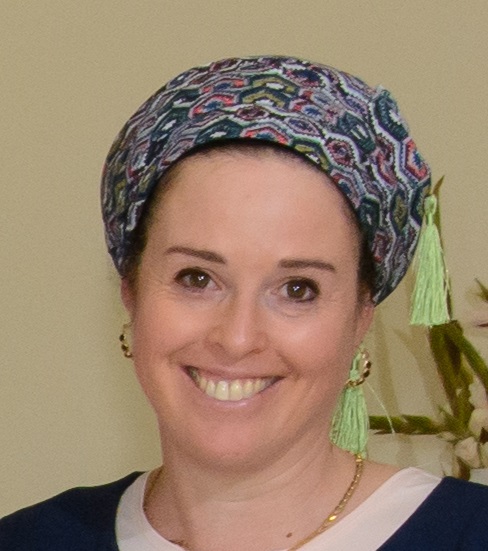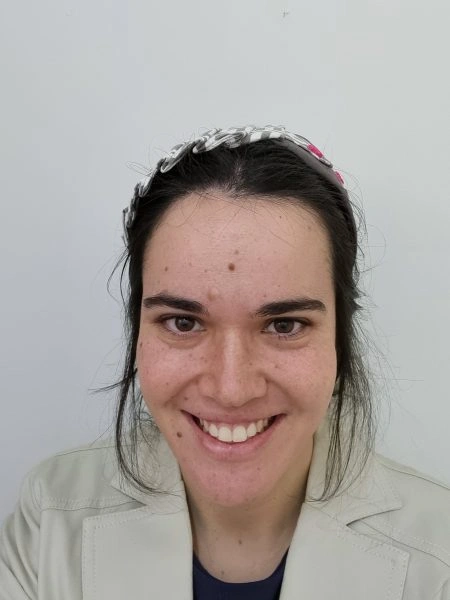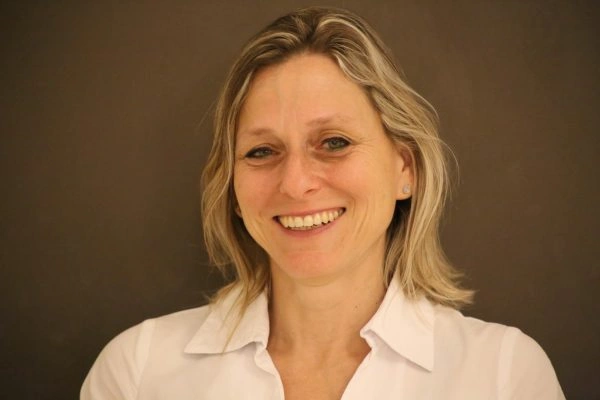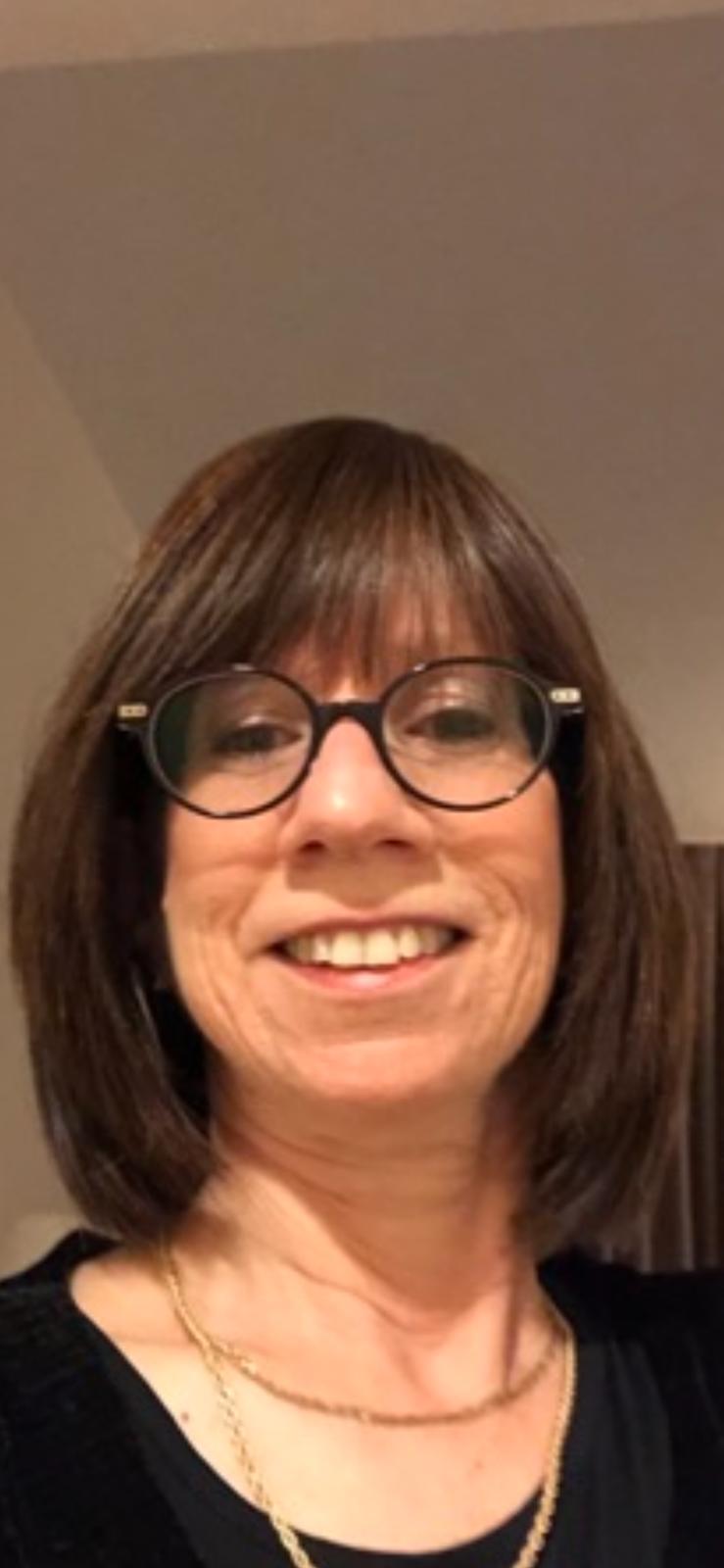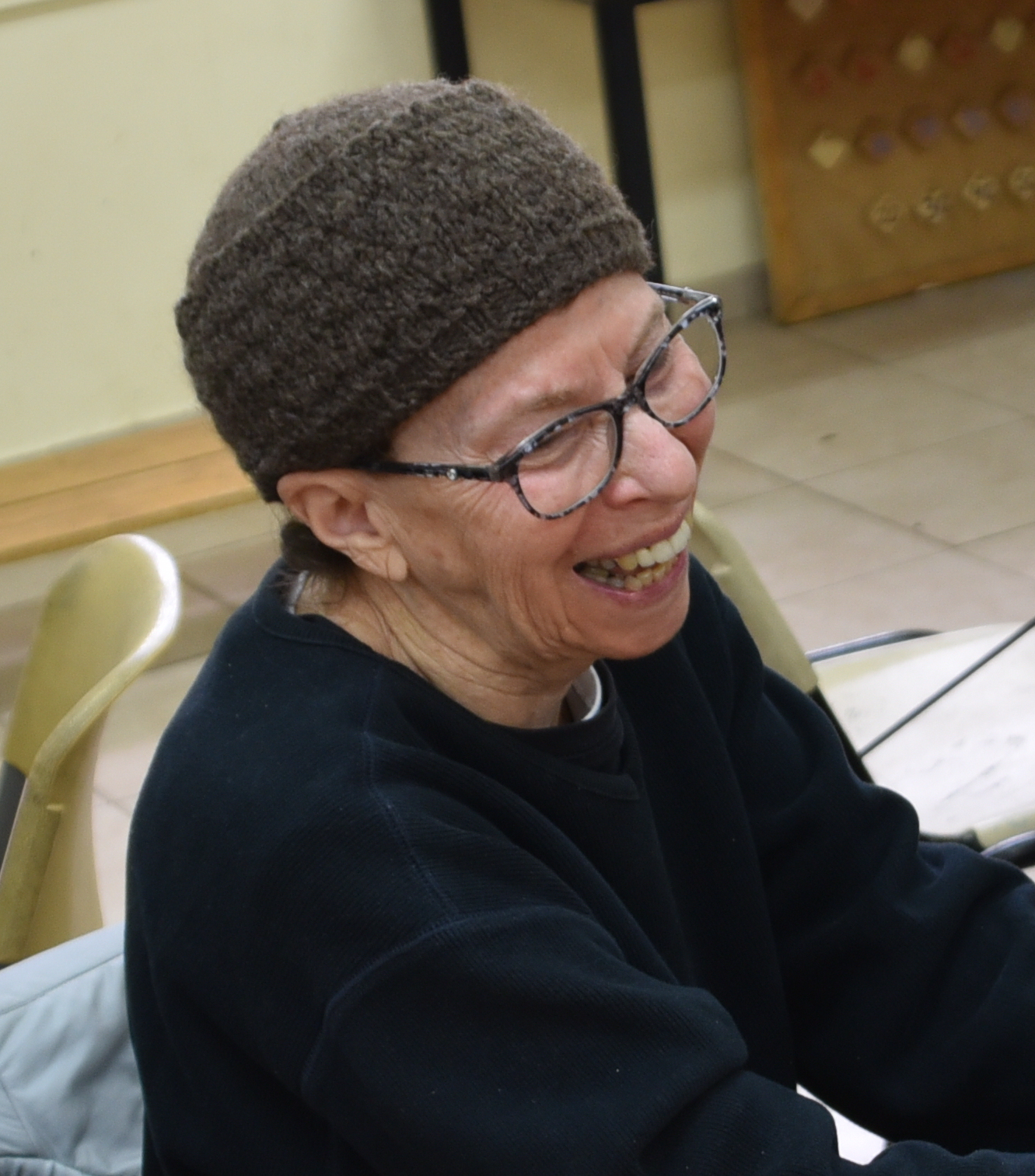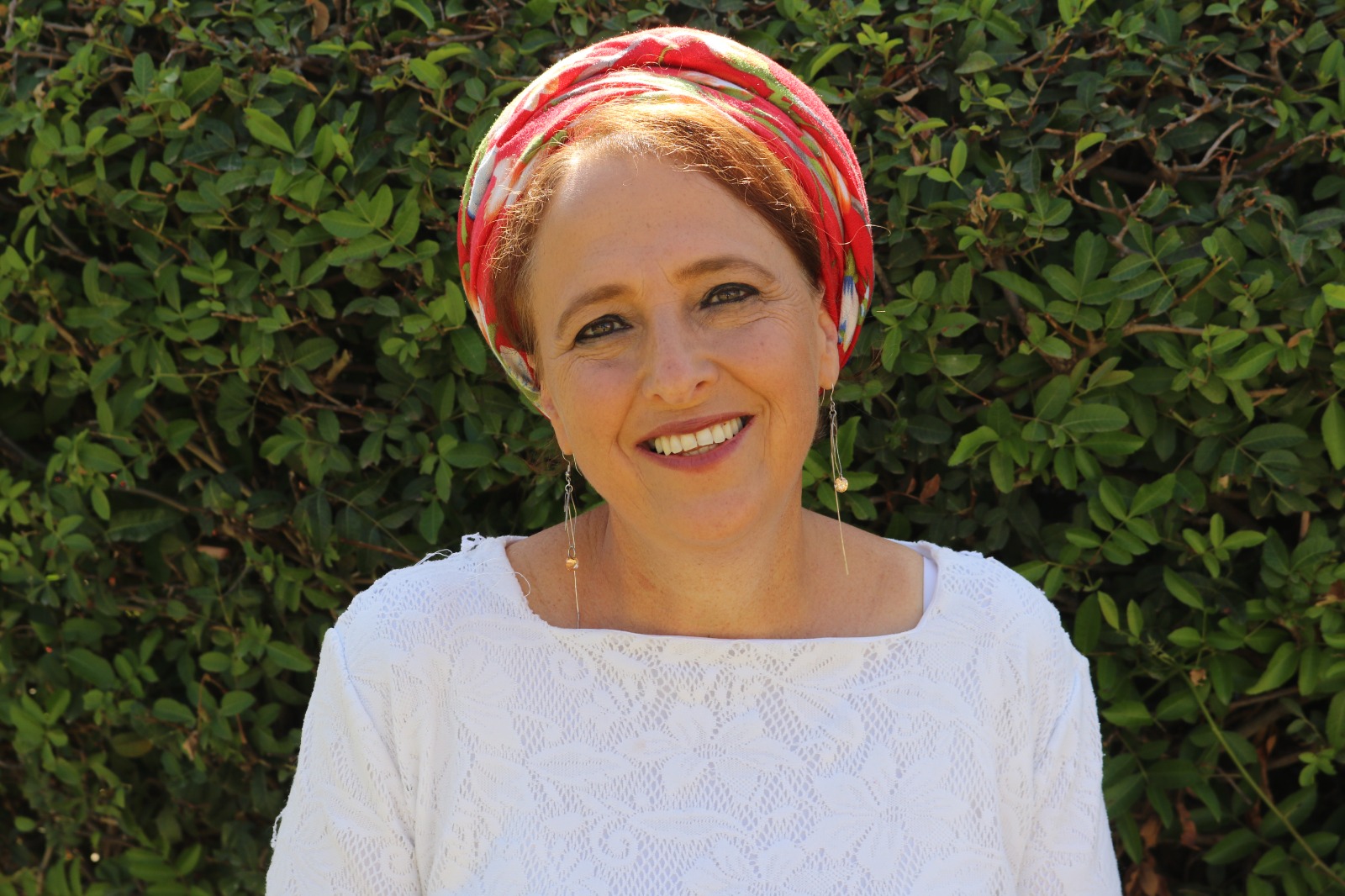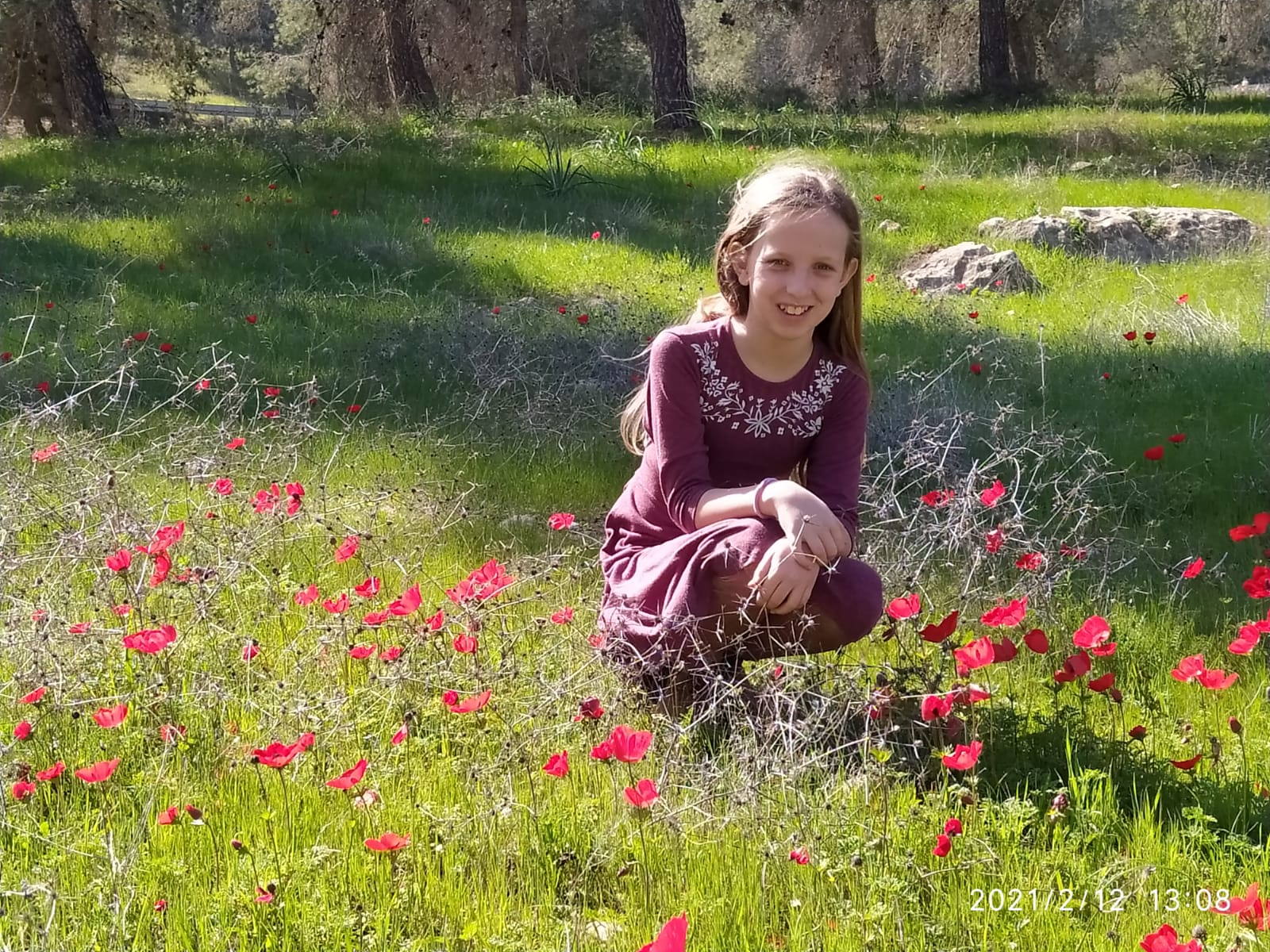שבת ב
מַתְנִי׳ יְצִיאוֹת הַשַּׁבָּת, שְׁתַּיִם שֶׁהֵן אַרְבַּע בִּפְנִים, וּשְׁתַּיִם שֶׁהֵן אַרְבַּע בַּחוּץ.
MISHNA: The acts of carrying out from a public domain into a private domain or vice versa, which are prohibited on Shabbat, are primarily two basic actions that comprise four cases from the perspective of a person inside a private domain, and two basic actions that comprise four cases from the perspective of a person outside, in a public domain.
כֵּיצַד?
The mishna elaborates: How do these eight cases take place? In order to answer that question, the mishna cites cases involving a poor person and a homeowner.
הֶעָנִי עוֹמֵד בַּחוּץ, וּבַעַל הַבַּיִת בִּפְנִים: פָּשַׁט הֶעָנִי אֶת יָדוֹ לִפְנִים וְנָתַן לְתוֹךְ יָדוֹ שֶׁל בַּעַל הַבַּיִת, אוֹ שֶׁנָּטַל מִתּוֹכָהּ וְהוֹצִיא — הֶעָנִי חַיָּיב וּבַעַל הַבַּיִת פָּטוּר.
The poor person stands outside, in the public domain, and the homeowner stands inside, in the private domain. The poor person lifted an object in the public domain, extended his hand into the private domain, and placed the object into the hand of the homeowner. In that case, the poor person performed the prohibited labor of carrying from the public domain into the private domain in its entirety. Or, the poor person reached his hand into the private domain, took an item from the hand of the homeowner, and carried it out into the public domain. In that case, the poor person performed the prohibited labor of carrying out from the private domain into the public domain in its entirety. In both of these cases, because the poor person performed the prohibited labor in its entirety, he is liable and the homeowner is exempt.
פָּשַׁט בַּעַל הַבַּיִת אֶת יָדוֹ לַחוּץ וְנָתַן לְתוֹךְ יָדוֹ שֶׁל עָנִי, אוֹ שֶׁנָּטַל מִתּוֹכָהּ וְהִכְנִיס — בַּעַל הַבַּיִת חַיָּיב וְהֶעָנִי פָּטוּר.
The mishna cites two additional cases. In these, the prohibited labor is performed by the homeowner, who is in the private domain: The homeowner lifted an item in the private domain, extended his hand into the public domain, and placed the object into the hand of the poor person. In that case, the homeowner performed the labor of carrying out from the private domain into the public domain in its entirety. Or, the homeowner reached his hand into the public domain, took an object from the hand of the poor person, and carried it into the private domain. In that case, the homeowner performed the labor of carrying from the public domain into the private domain in its entirety. In both of those cases, because the homeowner performed the prohibited labor in its entirety, he is liable and the poor person is exempt.
פָּשַׁט הֶעָנִי אֶת יָדוֹ לִפְנִים וְנָטַל בַּעַל הַבַּיִת מִתּוֹכָהּ, אוֹ שֶׁנָּתַן לְתוֹכָהּ וְהוֹצִיא — שְׁנֵיהֶם פְּטוּרִין.
There are four additional cases where neither the homeowner nor the poor person performed the labor in its entirety, and therefore neither is liable: The poor person extended his hand into the private domain and either the homeowner took an object from his hand and placed it in the private domain or the homeowner placed an object into the hand of the poor person, and the poor person carried the object out into the public domain. In those cases and the two that follow, the act of transferring the object from one domain to another was performed jointly by two people, the poor person and the homeowner. Because each performed only part of the prohibited labor, both of them are exempt.
פָּשַׁט בַּעַל הַבַּיִת אֶת יָדוֹ לַחוּץ וְנָטַל הֶעָנִי מִתּוֹכָהּ, אוֹ שֶׁנָּתַן לְתוֹכָהּ וְהִכְנִיס — שְׁנֵיהֶם פְּטוּרִין.
So too, in a case where the homeowner extended his hand into the public domain and, either the poor person took an object from the homeowner’s hand and placed it in the public domain or the poor person placed an object into the homeowner’s hand and the homeowner carried the object into the private domain. Because each performed only part of the prohibited labor, both of them are exempt.
גְּמָ׳ תְּנַן הָתָם: שְׁבוּעוֹת, שְׁתַּיִם שֶׁהֵן אַרְבַּע.
GEMARA: We learned in our mishna: The acts of carrying out on Shabbat are two that comprise four. Similarly, we learned in the mishna there, in tractate Shevuot: Oaths on a statement, which, when violated, render one liable to bring a sin-offering are two that comprise four. The first two cases, which are mentioned explicitly in the Torah, are: One who swore that he would perform a specific action in the future and one who swore to refrain from performing said action. Based on an amplification in the language of the Torah, two more cases are added: One who swore that he performed a specific action in the past and one who swore that he did not perform said action.
יְדִיעוֹת הַטּוּמְאָה, שְׁתַּיִם שֶׁהֵן אַרְבַּע.
Similarly, with regard to awareness of ritual impurity, there are two cases that comprise four. It is prohibited for one who is ritually impure to enter the Temple or to consume a consecrated item. However, one who unwittingly violates this serious prohibition is obligated to bring a sacrifice for his transgression only if he was clearly aware of his ritually impure status both before committing the transgression and thereafter. The two cases of unwitting transgression in this area are: One who was aware and then forgot that he is ritually impure, and then either ate consecrated meat or entered the Temple, and subsequently recalled that he was ritually impure. Two additional cases are: One who was aware of his ritually impure status but was unaware that the food he was about to eat was consecrated and ate it, or he was unaware that he was about to enter the Temple and entered it.
מַרְאוֹת נְגָעִים, שְׁנַיִם שֶׁהֵן אַרְבָּעָה.
Signs of affliction by leprosy are two that comprise four. The Torah (Leviticus 13) mentions two types of signs of affliction with regard to leprosy, baheret and se’et. Two additional, secondary signs of affliction were added. They are not as white as those delineated in the Torah. Consequently, there are derivatives of both baheret and se’et.
יְצִיאוֹת הַשַּׁבָּת, שְׁתַּיִם שֶׁהֵן אַרְבַּע.
The mishna in Shevuot also mentions that the acts of carrying out on Shabbat are two basic actions that comprise four.
מַאי שְׁנָא הָכָא דְּתָנֵי ״שְׁתַּיִם שֶׁהֵן אַרְבַּע בִּפְנִים וּשְׁתַּיִם שֶׁהֵן אַרְבַּע בַּחוּץ״, וּמַאי שְׁנָא הָתָם דְּתָנֵי ״שְׁתַּיִם שֶׁהֵן אַרְבַּע״ וְתוּ לָא?
The Gemara asks: What is different here that our mishna teaches: Two that comprise four inside and two that comprise four outside, and what is different there, in tractate Shevuot, that the mishna teaches with regard to transfers on Shabbat: Two that comprise four, and nothing more?
הָכָא דְּעִיקַּר שַׁבָּת הוּא, תָּנֵי אָבוֹת וְתָנֵי תּוֹלָדוֹת. הָתָם דְּלָאו עִיקַּר שַׁבָּת הוּא, אָבוֹת תָּנֵי, תּוֹלָדוֹת לָא תָּנֵי.
The Gemara answers: Here, in tractate Shabbat, which contains the primary discussion of the halakhot of Shabbat, the mishna teaches the primary categories of labor that are prohibited on Shabbat, including carrying out from the private to the public domain, and it teaches the subcategories of labor that are prohibited on Shabbat, including carrying from the public into the private domain. But there, in tractate Shevuot, which does not contain the primary discussion of the halakhot of Shabbat, the mishna teaches the primary categories of labor prohibited on Shabbat but does not teach the subcategories of labor.
אָבוֹת מַאי נִיהוּ? — יְצִיאוֹת, וִיצִיאוֹת תְּרֵי הָוְיָין!
The Gemara asks: What are the primary categories of labor prohibited on Shabbat? They are acts of carrying out from the private domain to the public domain. However, the Gemara objects: The acts of carrying out are only two in number: There is the case of the homeowner who takes an object out of the private domain and places it in the hand of the poor person in the public domain and the case of a poor person who takes an object from the homeowner’s hand in the private domain and takes it out into the public domain. What are the two additional cases referred to by the phrase: Two that comprise four, in tractate Shevuot?
וְכִי תֵּימָא, מֵהֶן לְחִיּוּב וּמֵהֶן לִפְטוּר, וְהָא דּוּמְיָא דְּמַרְאוֹת נְגָעִים קָתָנֵי: מָה הָתָם כּוּלְּהוּ לְחִיּוּבָא, אַף הָכָא נָמֵי כּוּלְּהוּ לְחִיּוּבָא!
And if you say that the mishna in tractate Shevuot enumerates all four cases of carrying out, among them those for which there is liability and among them those for which there is exemption, including those mentioned in the second half of our mishna in which each individual performs only half of the prohibited labor, that is not feasible. The mishna in Shevuot teaches the prohibition of carrying out on Shabbat parallel to the signs of affliction by leprosy. Just as there, with regard to leprosy, all four of them are cases for which there is liability, so too, here, with regard to Shabbat, all four of them are cases for which there is liability.
אֶלָּא אָמַר רַב פָּפָּא: הָכָא דְּעִיקַּר שַׁבָּת הוּא, תָּנֵי חִיּוּבֵי וּפְטוּרֵי. הָתָם דְּלָאו עִיקָּר שַׁבָּת הוּא, חִיּוּבֵי תָּנֵי וּפְטוּרֵי לָא תָּנֵי.
Rather, Rav Pappa said that the difference between the manner in which the halakha is cited in tractates Shevuot and Shabbat must be understood as follows: Here, where it contains the primary discussion of the halakhot of Shabbat, the mishna teaches both cases of liability and cases of exemption, meaning cases of carrying out for which one is liable by Torah law as well as those for which one is exempt by Torah law. However, there, where it does not contain the primary discussion of the halakhot of Shabbat, the mishna teaches cases of liability but does not teach cases of exemption.
חִיּוּבֵי מַאי נִיהוּ? — יְצִיאוֹת, יְצִיאוֹת תַּרְתֵּי הָוְיָין! — שְׁתַּיִם דְּהוֹצָאָה וּשְׁתַּיִם דְּהַכְנָסָה.
The Gemara asks: What are the cases of liability? They are acts of carrying out from the private domain to the public domain. The Gemara objects on the grounds that there are only two acts of carrying out: Carrying out while standing inside and carrying out while standing outside. What is the meaning of the phrase in Shevuot: Which comprise four? The Gemara answers: It is possible to arrive at a total of four. Cases of carrying in from the public domain to the private domain are also enumerated in tractate Shevuot. Consequently, there are two cases of carrying out and two cases of carrying in.
וְהָא ״יְצִיאוֹת״ קָתָנֵי! אָמַר רַב אָשֵׁי: תַּנָּא הַכְנָסָה נָמֵי ״הוֹצָאָה״ קָרֵי לַהּ.
The Gemara objects: In Shevuot, the phrase: Acts of carrying out, is taught in the mishna, not acts of carrying in. Rav Ashi said: The tanna in Shevuot also refers to carrying in as carrying out.
מִמַּאי? מִדִּתְנַן: הַמּוֹצִיא מֵרְשׁוּת לִרְשׁוּת — חַיָּיב. מִי לָא עָסְקִינַן דְּקָא מְעַיֵּיל מֵרְשׁוּת הָרַבִּים לִרְשׁוּת הַיָּחִיד, וְקָא קָרֵי לַהּ ״הוֹצָאָה״?
From where do I know this? From that which we learned in a mishna: One who carries out an object from one domain to another is liable. Are we not also dealing with a case where he is carrying it in from the public domain to the private domain, and nevertheless the mishna characterizes it as carrying out?
וְטַעְמָא מַאי? — כׇּל עֲקִירַת חֵפֶץ מִמְּקוֹמוֹ תַּנָּא ״הוֹצָאָה״ קָרֵי לַהּ.
And what is the reason that the term carrying out is used to refer to an act of carrying in? The tanna characterizes any act that involves lifting of an object from its place and transferring it to another domain as carrying out. Carrying out does not refer only to carrying an object out from one’s house. Rather, it is a general depiction of moving an object from the domain in which it is located into another domain.
אָמַר רָבִינָא: מַתְנִיתִין נָמֵי דַּיְקָא, דְּקָתָנֵי ״יְצִיאוֹת״ וְקָא מְפָרֵשׁ הַכְנָסָה לְאַלְתַּר. שְׁמַע מִינַּהּ.
Ravina said: Our mishna is also precise, and its language leads us to the same conclusion, as the expression: Acts of carrying out on Shabbat, was taught in our mishna, yet immediately a case of carrying in is articulated. The first case listed in our mishna involves the poor person placing an object into the hand of the homeowner, which is a case of carrying in from the public to the private domain. The Gemara notes: Indeed, conclude from this that the term carrying out also refers to carrying in.
רָבָא אָמַר, ״רְשׁוּיוֹת״ קָתָנֵי: ״רְשׁוּיוֹת שַׁבָּת שְׁתַּיִם״.
Rava said: The language of the mishnayot poses no difficulty. The tanna in both of these mishnayot did not teach: Acts of carrying out on Shabbat. Rather, he taught: Domains of Shabbat. The correct version of the mishna is: The domains of Shabbat are two that comprise four, and, according to this tanna, there are four instances of prohibited labor in these two domains, inside and outside.
אֲמַר לֵיהּ רַב מַתְנָה לְאַבָּיֵי: הָא תַּמְנֵי הָוְיָין? תַּרְתֵּי סְרֵי הָוְיָין!
Rav Mattana said to Abaye: The mishna speaks of two that comprise four inside and two that comprise four outside, for a total of eight. Yet there is a difficulty: Are these eight cases? They are twelve. Upon closer inspection, in the four cases in the latter part of the mishna, the homeowner and the poor person each performs an individual action contributing to the overall prohibited labor of carrying in or carrying out. Consequently, there are four actions in the first part of the mishna and eight actions in the second part.
וְלִיטַעְמָיךְ שִׁיתְסְרֵי הָוְיָין!
Abaye responded: According to your reasoning, they are sixteen actions, as even in the first part of our mishna, the one who receives the object and the one who places the object each participates in the performance of a prohibited action. Therefore, there are a total of sixteen actions.
אָמַר לֵיהּ — הָא לָא קַשְׁיָא: בִּשְׁלָמָא
Rav Mattana said to Abaye: That is not difficult, as granted,

